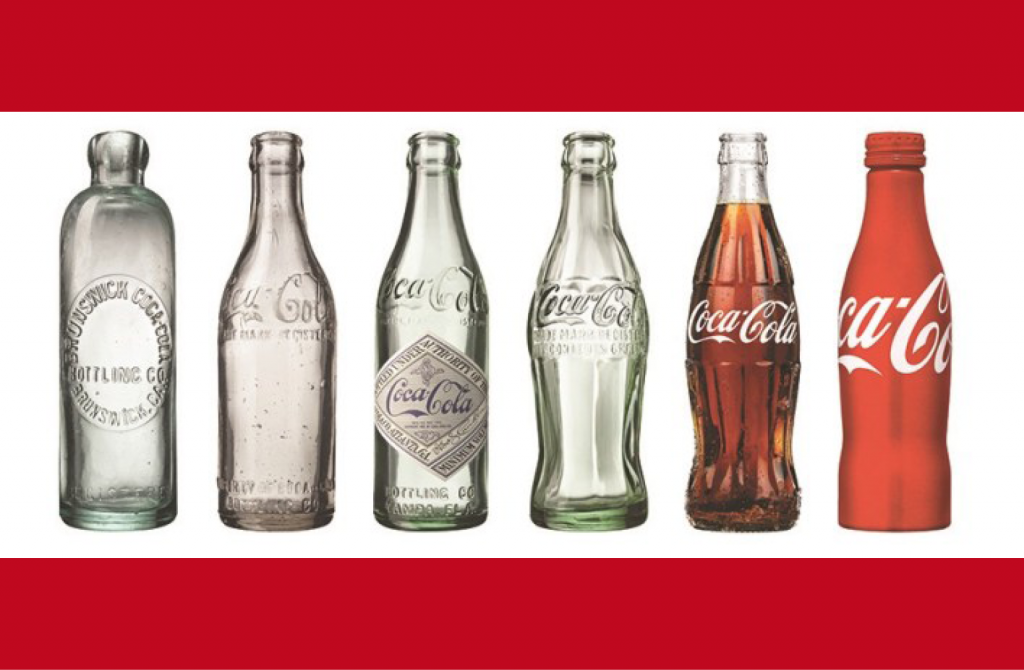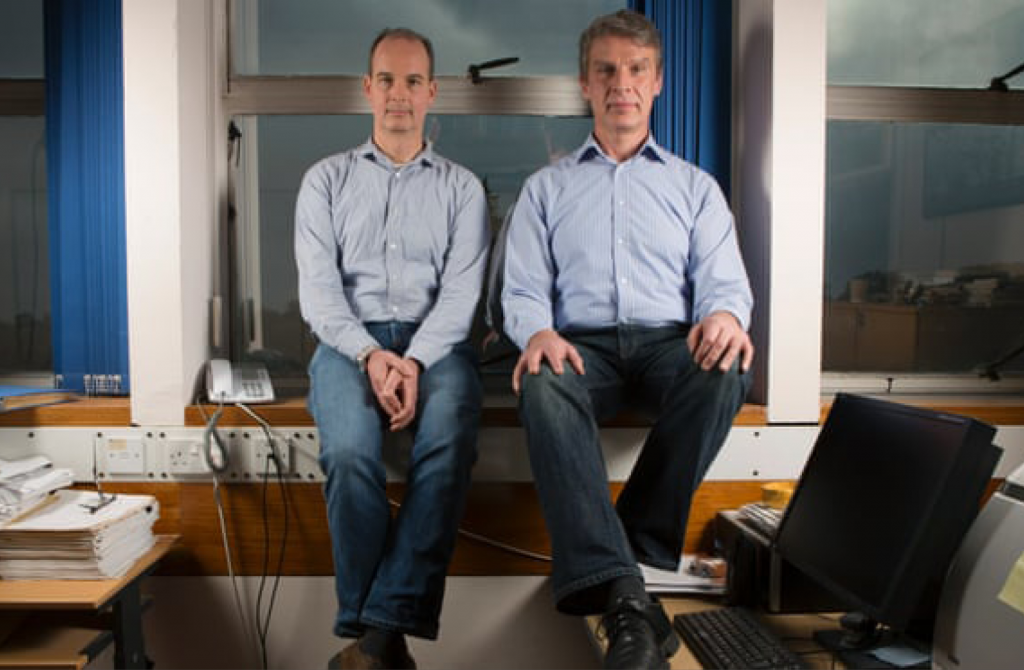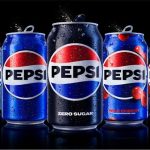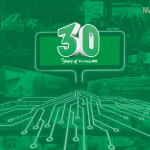By Raihan Hadi
Spoilers ahead…you’ve been warned.
Oh and if you’re not familiar with the item above, you’re probably going to learn a thing or two.
Why does the Aston Martin DB5 keep being James Bond’s favourite ride?
Why did a mediocre show like Riverdale get so much viewer response?
And why did Marvel bring back Tobey and Garfield’s Spider-men to the MCU all of a sudden?
The answer – Nostalgia Marketing.



Piggybacking on nostalgia isn’t something new, but it definitely is one of the hottest trends for brands out there at the moment.
It can be tiny insertions of something from the past for a target audience, such as the end credits snippet for Berlanti Productions in all CW superhero shows – an homage to Greg Berlanti’s father asking him to move his head while they’re having their family tv time, watching a vintage television.

Remember cassette tapes and boomboxes? Times when you didn’t have a choice but to feed your desires to listen to your favourite songs by fixing a tape with a pencil?
It would get worse if the tape got stuck inside the player…
Those days are long gone, yet somehow not really because brands nowadays are creatively injecting notions of the good memories from our pasts into the various types of content we feed on, just to tap into that happy place in our head.

Nostalgia has become so powerful lately that many brands around the world are trying to capitalize on it by befitting means. It can be a meme, the imagery on a product, or even the whole style of a movie.
If done right, it can put your brain on a magic carpet and take it for a ride down memory lane, back to days when your life was (probably) much simpler.
But why now? Why is playing on nostalgia working so well?
It is simply because the past two years have tied us up more with masks and hand sanitizers, and less with people due to all the social-distancing, and our lives are being brought to a halt more frequently than ever, hence, consciously or subconsciously, we’re all longing for bygone days.
Coming back to the example of the latest Spiderman movie. Usually I gather a couple of my friends whenever I’m going to the movies, but this time I didn’t even care because I’d heard rumours that this sequel would bring back all the other actors who played the title role in the past. Not something all of my friends can resonate with.

And they did! Oh the literal tears of joy in my eyes when I saw the OG Tobey Macguire as the beloved Peter Parker once again on the big screen! It was like meeting the best friend I never had (lol). Not just that, they brought back two of the original baddies, with heavy touch-ups on their appearances for obvious reasons.
Before I deviate from the topic with the range of emotions bursting within, and this is exactly what my point is today, I think using nostalgia for branding works pretty well when you know your target audience.
A lot of us grew up during times when there was no cable tv, or CD’s, and definitely no internet. When we see brands connecting with that past and trying to make us feel comfortable with their content, we naturally feel inclined to make them part of our lives.
And cassette tapes (as shown in Guardians of the Galaxy, Star Lord’s favourite item along with the Walkman) or Spiderman aren’t the only elements that made us who we are today.
Think about games of carrom, road trips in minivans with printed maps, or even something as simple as a glass bottle of cola – all part of fond memories (unless you were dumped by the love of YOUR life while drinking out of that bottle).
Coca Cola is probably the most nostalgically connected brand because they’ve been around for as long as Santa Claus. The evolution of their branding and packaging are very powerful tools for not just themselves, but filmmakers as well.
If you’re a filmmaker, you can make a period flick about any era starting from 1886 to present day and connect with your audience by using even a poster ad for Coca Cola with their bottle from that era.
Of course, most people from 1886 are probably having dinner with Santa as we speak and most people nowadays use Cola to clean their metals and other DIYs at home. Nevertheless, the brand has nostalgic value.

The Research behind it all…
Yes, there exists a research paper by Professor of the Psychology Unit at University of Southampton Dr. Constantine Sedikides that was published in 2009, which explains why nostalgia in marketing works.
I’ll quote a bit from the source (NYT) here – Nostalgia had been considered a disorder ever since the term was coined by a 17th-century Swiss physician who attributed soldiers’ mental and physical maladies to their longing to return home — nostos in Greek, and the accompanying pain, algos.
Despite having negative emotions attached to the word by the Swiss physician (Dr. Johannes Hoffer), Dr. Sedikides began his research that stemmed from an afternoon he had spent with a colleague over lunch and started reminiscing about his youth a little too much.
‘It is like creating an inexhaustible bank account which is there for you if you ever want to withdraw from it’.

The best way to describe how nostalgia works is probably by talking about us looking at old photographs with loved ones – recounting happier and simpler times.
The topics are universal — reminiscences about friends and family members, holidays, weddings, songs, sunsets, lakes. The stories tend to feature the self as the protagonist surrounded by close friends.
The effects of nostalgia can come in different layers, causing a little pain, cutting out boredom, countering loneliness and anxiety and so much more – mostly positive stuff.
To test these effects in the laboratory, researchers led by Dr. Sedikides at Southampton induced negative moods by having people read about a deadly disaster and take a personality test that supposedly revealed them to be exceptionally lonely.
In the end, the people depressed about the disaster victims or worried about being lonely became more likely to wax nostalgic. And the strategy worked: They subsequently felt less depressed and less lonely.
Despite being a tricky thing to play around with, you can certainly start brainstorming about using the “Nostalgia” factor in your branding for your next campaign. If you do it right, that campaign might just be the key to the hearts of your consumers.

This piece was the cover story of MARKETING WEEKENDER Issue 317.

APPIES Asia Pacific 2022 is happening in Malaysia!
Campaign entries must have run between Jan 2020 to May 2022
(open to campaigns ran from any Asia Pacific market during this period)
Visit appies.asia for details, registration and submissions NOW!
MARKETING Magazine is not responsible for the content of external sites.











